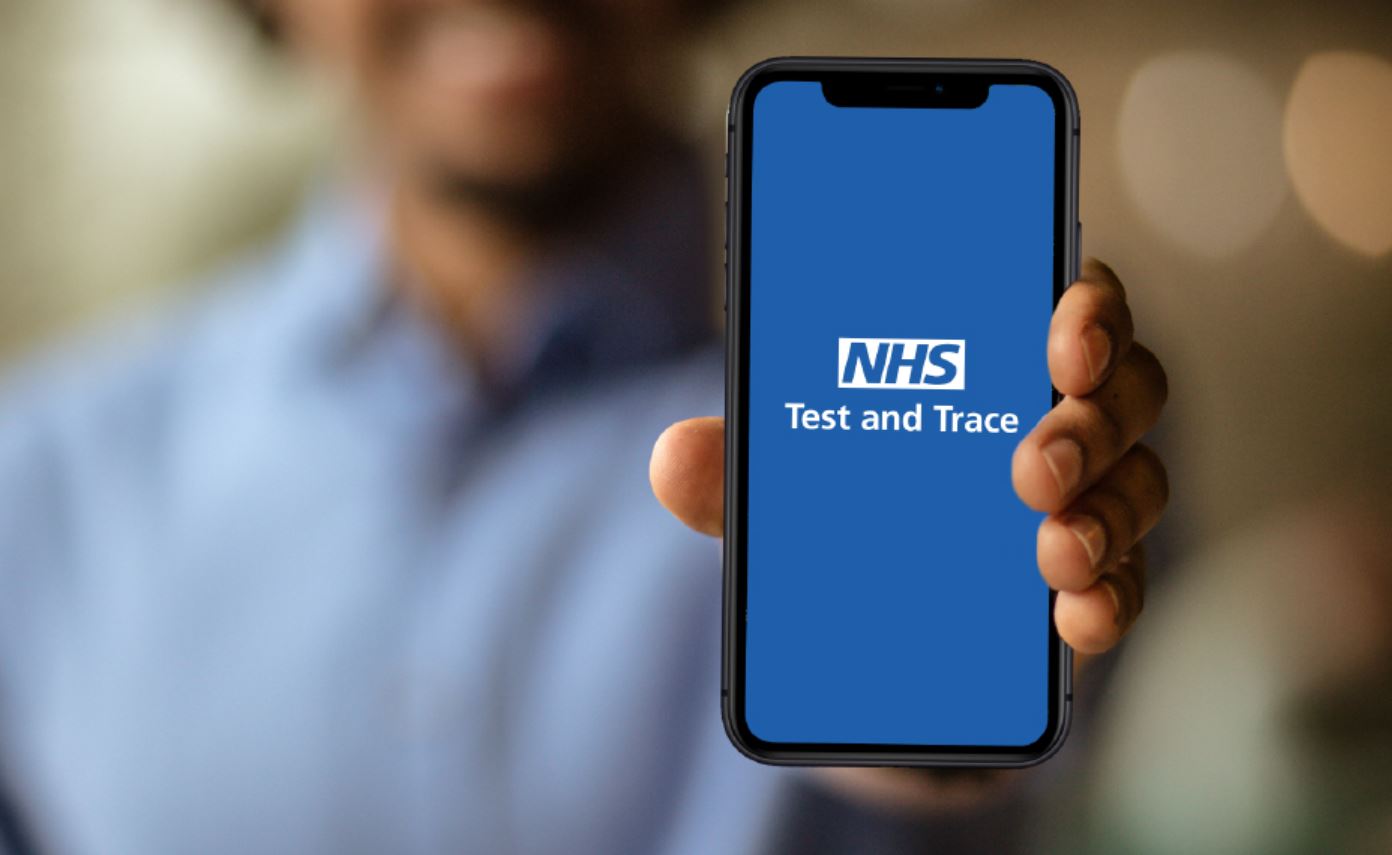
In our latest blog we explore the new Test and Trace mobile app from the NHS, what it’s for, how to use it and how it’s expected to help manage the coronavirus form spreading. The App is part of NHS Test and Trace, overseen by the UK Department of Health and Social Care (DHSC).
The app, which can be downloaded onto a smart phone, helps people manage their risk of exposure to COVID-19 and will tell people to self-isolate if their phone detects they were near someone later found to have Covid-19.
People living in England and Wales are being urged to download the government's official contact-tracing app following its official release, so how does it work?
When two phones running the app are near each other, they will make make contact through Bluetooth. If the phones are close to each other for a long enough time, and one of the two owners later shares a positive coronavirus test via the app, then the other will receive an alert. Hospitality venues will be asked to display posters with a QR code, which app users will scan to ‘check in’ to their location. The posters will also go up in communal areas of community buildings like universities, hospitals and libraries.
Used alongside manual contact tracing, the app will help identify close contacts of a user who tests positive, or visitors to a premises that has suffered an outbreak.
You must stay at home for 14 days from your last point of contact If you are approached because one of your contacts has tested positive. You must self-isolate, even if you don't have symptoms.
Others in your household won't have to self-isolate unless they also develop symptoms, but must take extra care around you regarding social distancing and hand washing.
How the app will help you
The app is designed to make fast, accurate, digital contact tracing possible. It uses the minimum amount possible of your personal data while protecting your privacy and identity.
Manual contact tracing involves asking an infected person to remember who they have been in contact with; the person can only identify the people they know. The App supports contact tracing through your phone, without needing to know anyone’s names or identities.
The App includes a notification feature which will alert you if you’ve been near another App user who tests positive for coronavirus, if your local area (postcode district) has a changed risk status, or if you have visited a venue, which later reports an outbreak whilst you were there.
If you test positive, the App will ask you to allow those you’ve been in contact with to be alerted. It uses technology developed by Apple and Google called ‘exposure notification’ and ‘exposure logging’ to do this. The people notified will not know who you are.
The app also allows you to:
When you first install the app from your app store there will be instructions for you about how to allow the app to function. This includes turning on your Bluetooth settings (if not already on), entering the first part of your postcode (up to the space), which is also called the ‘postcode district’, and allowing notifications. Bluetooth is needed because the app uses the strength of the Bluetooth signal, the Low Energy Bluetooth function, to work out how near app users are to each other
The app is available for smartphones only - not tablets, smartwatches or other devices.
To get started, go to Android's Google Play or Apple's App Store and search for "NHS Covid-19".
The handsets must have Android 6.0 (released in 2015) or iOS 13.5 (released in May 2020) and Bluetooth 4.0 or higher. That excludes the iPhone 6 and older versions of Apple's handsets.
For more information, go here
How to use England and Wales' contact-tracing app
The Coda Team